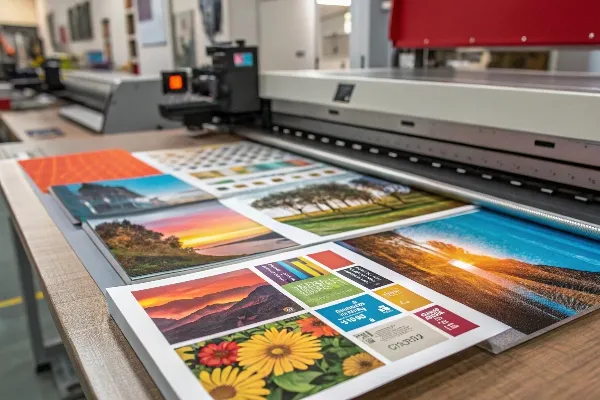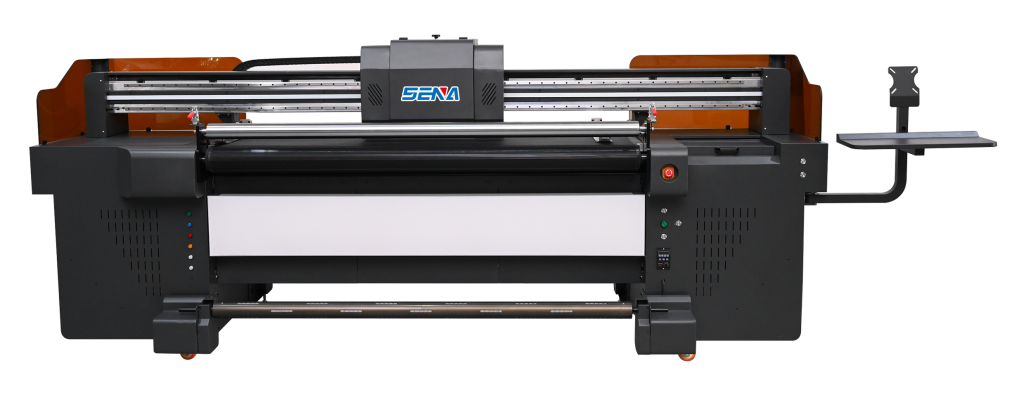Seachain an ceist agad mar fhreagairt dàil, feuch an cuir thu a-steach do WhatsApp / WeChat / Skype còmhla ris an teachdaireachd, gus an urrainn dhuinn fios a chuir thugad aig a’ chiad uair
Freagraidh sinn thu taobh a-staigh 24 uairean. Ma tha cùis èiginneach agad, feuch an cuir thu WhatsApp: +8617888313102, no WeChat: +86 17864107808. No cuir fòn +86 17864107808 gu dìreach.
*Tha sinn a’ toirt urram do dhìomhaireachd agus tha am fiosrachadh uile air a dhìon. Cha chleachd sinn am fiosrachadh agad ach airson freagairt a thoirt don cheist agad agus cha chuir sinn post-d no teachdaireachdan sanasachd gun iarraidh gu bràth.
Deadlines shrink while client files grow. Slow or unreliable printers and plotters wreck budgets and reputations. A proven large format printer vendor delivers rich color, faster speeds, and rock‑solid service that scales with you.
A reliable large‑format vendor supplies the right printer, ink system, and support to hit every graphic spec without blowing the budget. Below you’ll learn which models, inks, and warranties matter most—so you can buy once and print for years.
A large format printer—sometimes called a wide‑format printer—prints graphics up to 64 inches wide on rolls or rigid sheets. A plotter traditionally draws vector lines for technical documents or CAD plans. Modern printers and plotters now merge: the same clò-bhualadair inkjet can output architectural blueprints at 36‑inch width and then switch to full‑color banners.
Large‑format devices use piezo or thermal cinn-chlò-bhualaidh that fire microscopic droplets of inc—eco‑solvent, pigment, or latex ink—onto coated paper, vinyl, or textile. Today’s high‑quality engines reach 2400 dpi, satisfying both photography studios and engineering firms.

| Seòrsa inc | As Fheàrr airson | Nithean matha | Cons |
|---|---|---|---|
| Eco‑solvent | A-muigh soidhnichean, vehicle wraps | Flexible, scratch‑resistant | Longer off‑gassing time |
| Latex | Indoor & outdoor banner work | Odor‑free, instant dry | Slightly higher energy use |
| Pigment | Fine art & proofing | Archival, wide color gamut | Requires coated media |
Roland DG popularized eco‑solvent with its VersaStudio BN2 series, while HP’s latex printers dominate odor‑sensitive retail displays. Canon imagePROGRAF and Epson P‑series leverage 11‑color Lucia agus UltraChrome pigment sets with chroma optimizer for gallery‑grade prints. Choosing the right siostam inc protects both print durability and customer health.
Speed is measured in square feet per hour. Entry units hit 140 ft²/h; industrial rigs exceed 1,000 ft²/h. Faster throughput comes from:
Yet cranking up speed can band gradients. Vendors that include onboard touchscreen controls let operators toggle from high‑speed draft to rich color photo mode instantly—ideal when a rush soidhnichean agus grafaigean order arrives.

A clò-bhualadair còmhnard holds rigid foam board or PVC sheets motionless, eliminating feed skew common in roll jobs. This boosts càileachd clò-bhualaidh on heavy substrate like acrylic signs. However, roll‑to‑roll excels at continuous banner runs. Hybrid systems add detachable tables so one inneal clò-bhualaidh handles both.
Pro Tip: If 40 % of your revenue comes from real‑estate yard signs, a large-format printer may pay for itself in 18 months.
Small graphics firms love BN2 agus VersaStudio lines for their small footprint and 20 ft²/h throughput. Key savings:

Use our entry‑level large‑format buyer’s guide to calculate ROI on monthly lease vs. outright purchase.
Vendors bundle spectrophotometers or link to X‑Rite i1 devices. Automated color charts print, dry, and scan, updating ICC profiles in RIP software. Result: corporate blues stay identical whether output on backlit film or cotton clò-bhualadh aodach.
Tha ar color‑management tutorial shows how to lock Delta‑E under 2 across a wide range of media
How often should I replace printheads?
Most heads last 2–3 liters of ink; built‑in capping stations and regular nozzle cleans extend life.
Can latex ink print on uncoated paper?
Yes. Heat‑activated latex bonds to plain bond, making it great for technical drawings.
Is pigment ink waterproof?
Pigment is water‑resistant but needs lamination for outdoor longevity beyond two years.
What file resolution is best for 36‑inch posters?
150 ppi at final size balances detail and RIP speed.
Do wide‑format printers support personalization?
Absolutely—variable‑data tools let you print unique QR codes or names on each sheet.